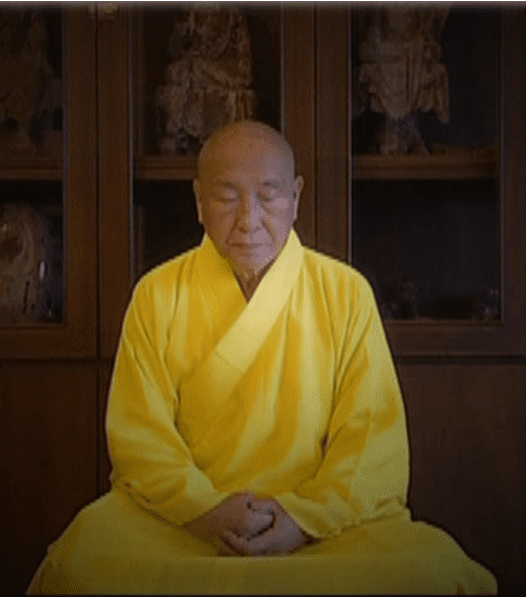
I was at the chiropractor’s office the other day praising the massage therapist in her office.
“It was so different than any massage I’ve ever had before. Generally, I get deep tissue work done and I feel beaten up and bruised for days afterward, but this was gentle and soothing and I nearly fell asleep more than once.”
“Mmm, hmm. She’s really good.” My chiropractor is less of a “rack’m and crack’m” and more of a manual therapist, using traction and gravity to stretch things back so that my body rights itself more often than not. That said, she won’t hesitate to manipulate my spine if it needs it and I absolutely LOVE having my neck cracked by her.
“I was toying with the idea of asking her to push a little harder, because I grew up with the ‘no pain, no gain’ ethic and I felt a little guilty that it just felt good and relaxing. I wondered if I ought to be hurting more.”
The doctor stopped and let out a small laugh.
“You know, part of the reason she is so good is because she really listens to your tissues with her fingers. She pushes just hard enough until there is some resistance and then she works to gently increase blood flow and loosen that area up. If there is a lot of resistance and she digs in, all she is likely to do is aggravate that area and make it more swollen and tight.”
Dramatic, theatrical pause (mine – I’m sure this only happened in my head, but sometimes just before someone says something particularly impactful to me I remember that there was a momentous second before they said it).
“There is such a thing as a ‘therapeutic window’ for everything. If the receiver isn’t ready to receive the therapy, it won’t be helpful.”
That sentence rang in my head like church bells for days to come.
When I was struggling with depression, I had to get to a place where I was ready to hear what my therapist was saying to me.
I couldn’t possibly have forgiven my father or my molester until I was at a place in my life where that was a possibility.
I remember my high school physics teacher introducing the notion of dead space to us one day. He talked about how everything is made up of atoms and how there is a lot of space between these charged particles and they are only held together by their electrical charges (I’m simplifying greatly, so if you’re a physical scientist, don’t get upset with this rudimentary description). We explored the notion of crystalline structures and atomic structures and chemical formulas and he blew my mind when he said I could simply pass my hand through my desktop if the atoms just all lined up correctly. It took a long time to even begin to wrap my head around that one, and I’m not certain I have, to be completely honest.
If we just wait for the right time for things to align themselves, we can make an enormous impact by taking advantage of that window. By learning to recognize when someone is receptive to our message we can be more certain that our input will have the intended effect. For many years now I have wondered how many times I will have to ask my girls to do the same thing before they change their behavior. I looked for some magical number – 1,000? 2,500? 15,000? Whatever it took, I was willing to do it so long as it resulted in my desired outcome. But what if it isn’t a repetition but a receptivity principle? What if I’m wasting my breath (and anger and frustration and eye-rolling) by bouncing my words off of a brick wall? What if I simply wait until I can see they are ready to hear my message and say it once?
The idea that simply talking louder or pounding my fist for emphasis or adding tears to the mix isn’t likely to change anything is a revelation. I know inherently that my chiropractor was right. There is a therapeutic window for everything and my window isn’t the same as anyone else’s, but if I push harder and harder in an attempt to get my agenda across, all I’m likely to do is aggravate the situation more. I know that lecturing Eve when she’s already mad or embarrassed about something only serves to make her dig her heels in stubbornly. I have observed that when I can hold my tongue and wait until she comes to me in contrition or asking for help, I have a much larger impact on the situation.
I can’t promise I’ll remember this principle every time I am desperate to impart some wisdom, but hopefully I can keep the image of this window in my head to prompt me to at least ask the question, “Is this person ready to hear what I want to say?”











